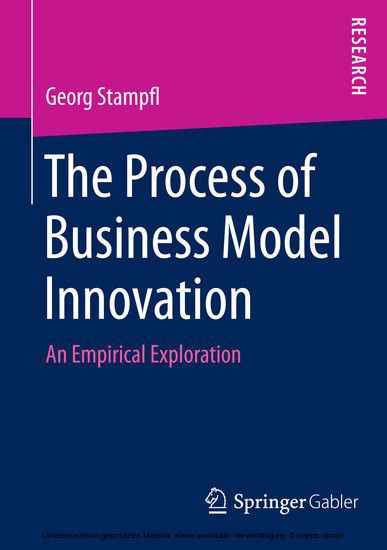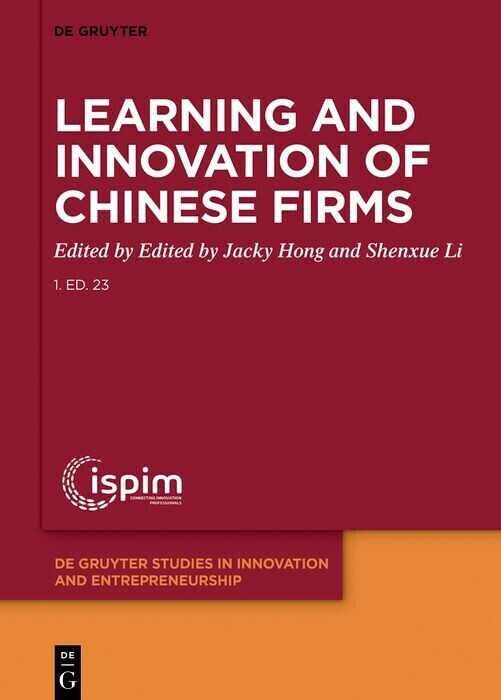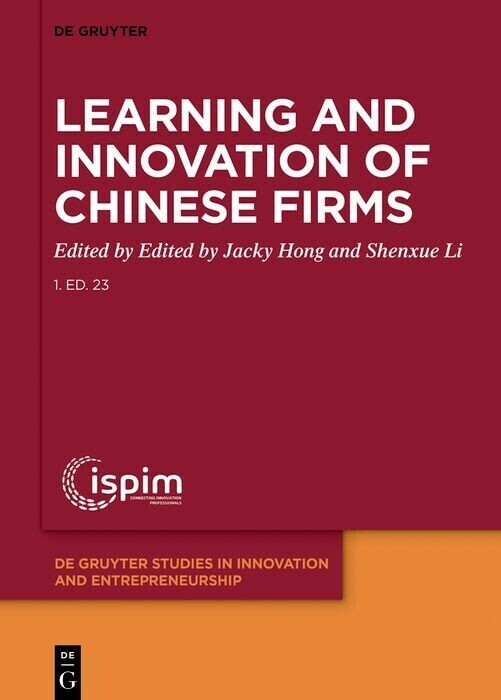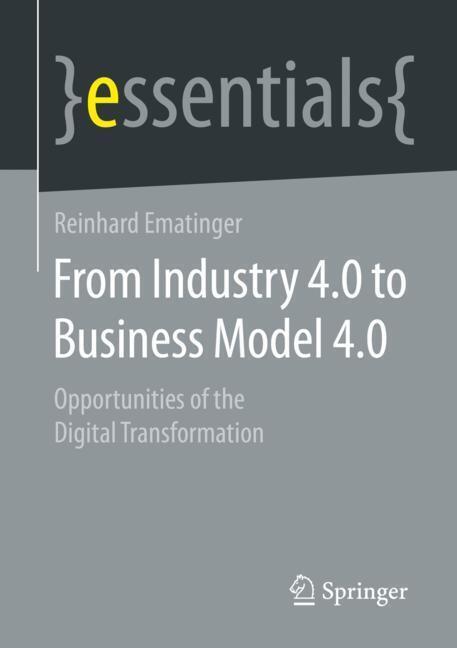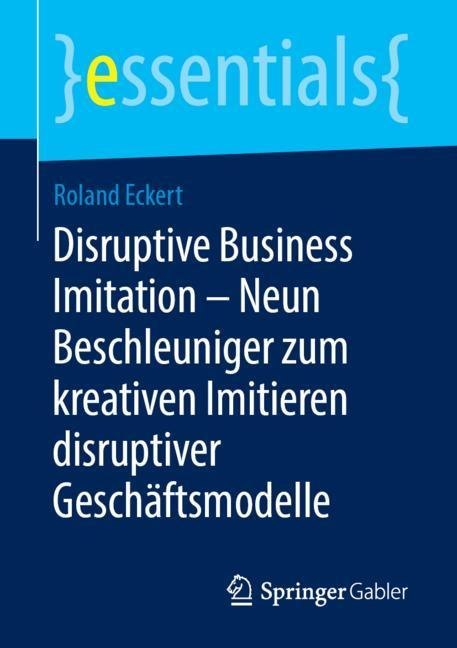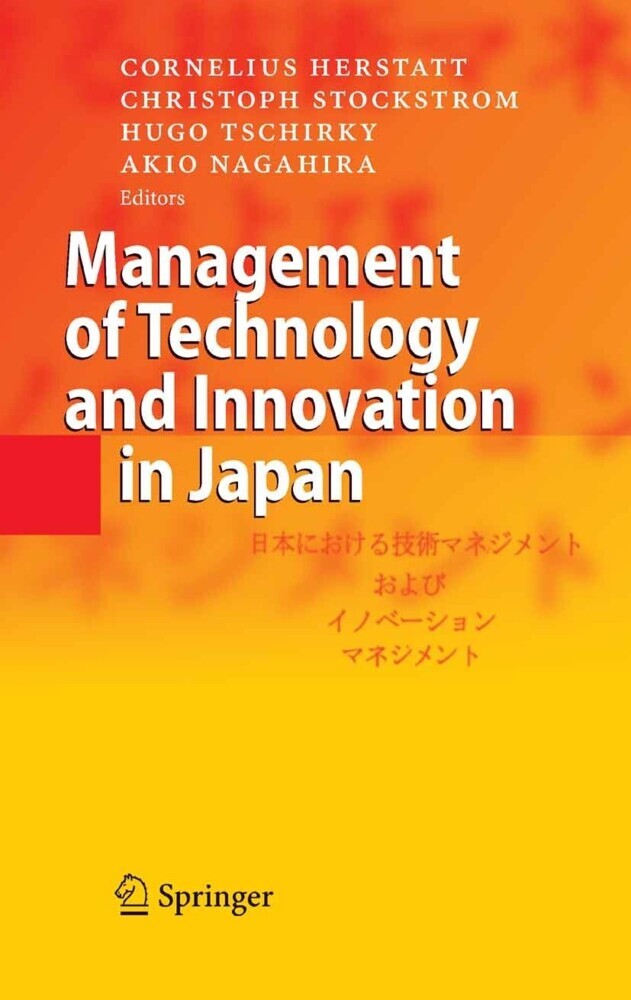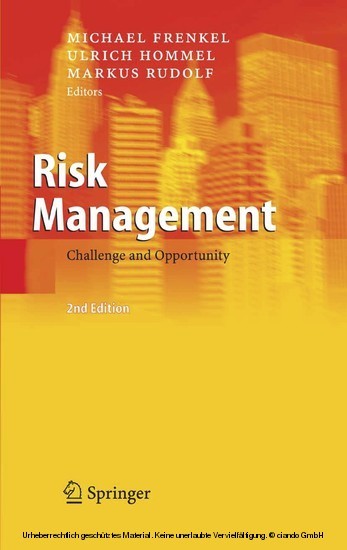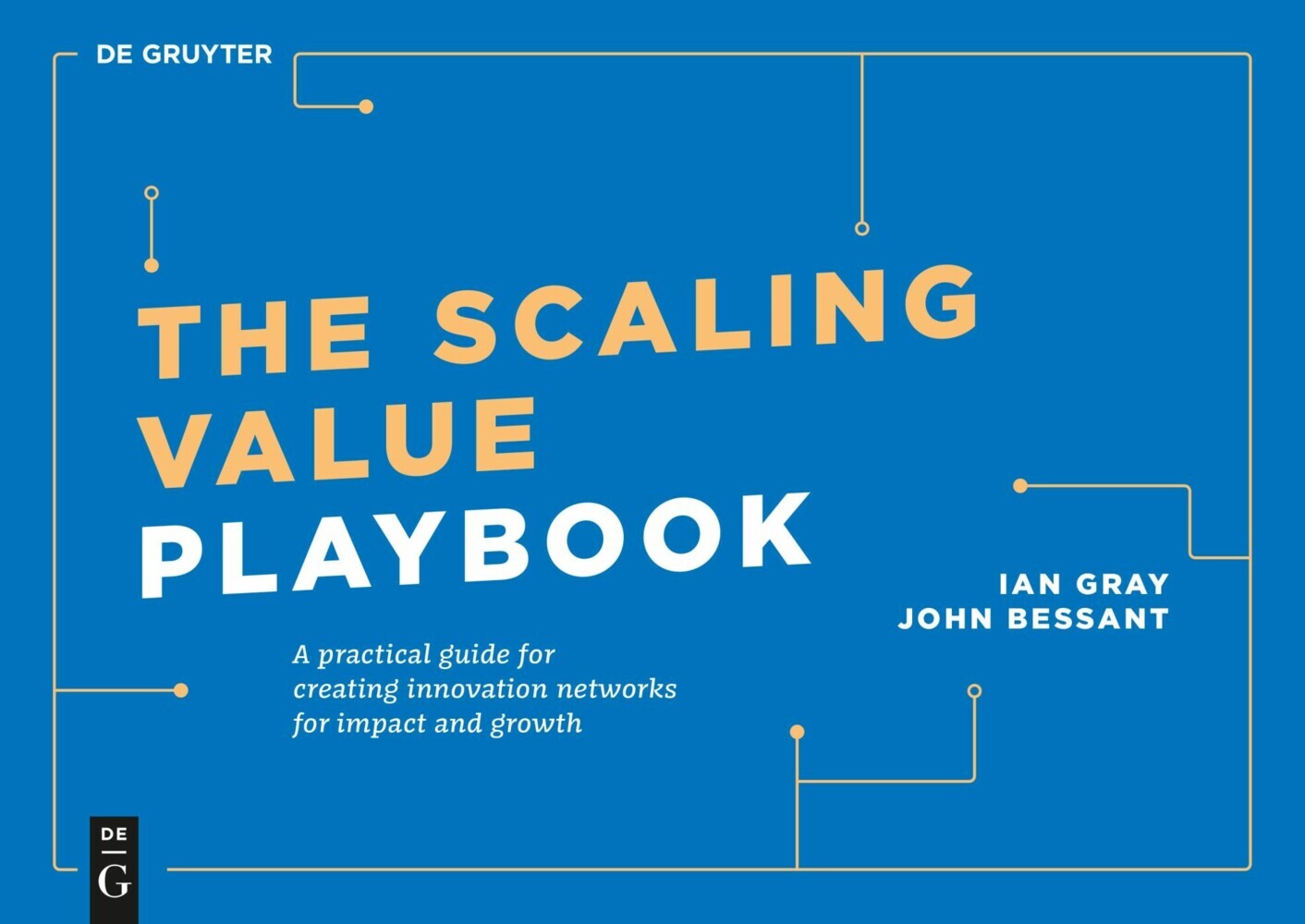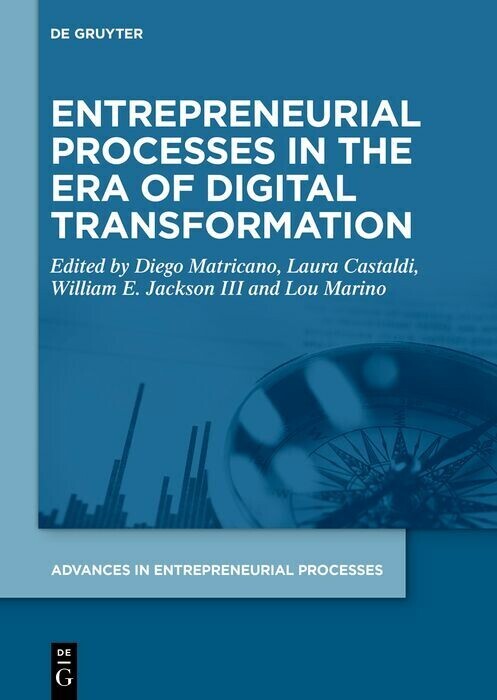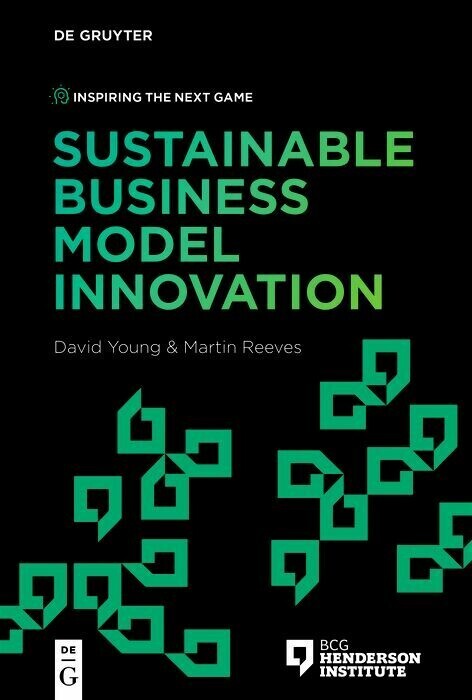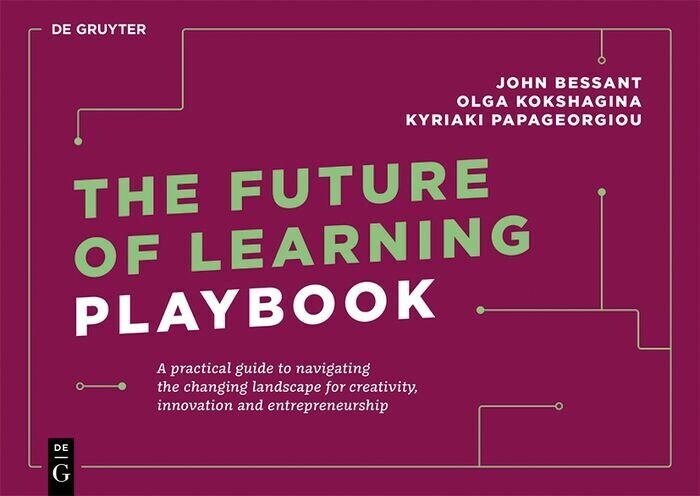The Process of Business Model Innovation
An Empirical Exploration
The Process of Business Model Innovation
An Empirical Exploration
Georg Stampfl explores in detail the nature of business model innovation processes in established companies from the organizational and the individual perspective. He outlines when and why the process of business model innovation is started, how the process of business model innovation unfolds and what contributes to or inhibits success. Moreover, the author investigates how individuals discover new business models and how innovation teams collaborate in business model innovation projects. Based on these insights the author provides helpful guidelines on how companies can tackle the business model innovation challenge.
Dr. Georg Stampfl completed his doctoral dissertation under the supervision of Prof. Kurt Matzler at the Department of Strategic Management, Marketing and Tourism at the University of Innsbruck, Austria. He works as a consultant with companies ranging from Internet startups to publicly traded companies on strategy, innovation and business model projects.
Dr. Georg Stampfl completed his doctoral dissertation under the supervision of Prof. Kurt Matzler at the Department of Strategic Management, Marketing and Tourism at the University of Innsbruck, Austria. He works as a consultant with companies ranging from Internet startups to publicly traded companies on strategy, innovation and business model projects.
1;Acknowledgements;5 2;Abstract;6 3;Table of Contents;7 4;List of Figures;12 5;List of Tables;14 6;List of Abbreviations;16 7;1 Introduction;17 7.1;1.1 Background and Research Context;18 7.2;1.2 Research Objective and Research Question;19 7.3;1.3 Structure of Dissertation;22 8;2 State of Research;24 8.1;2.1 Introduction;24 8.2;2.2 Innovation in General;24 8.2.1;2.2.1 Definitions of Innovation;24 8.2.2;2.2.2 Types of Innovation;26 8.3;2.3 Innovation Processes;30 8.3.1;2.3.1 Linear Processes;30 8.3.2;2.3.2 Iterative Processes;32 8.3.3;2.3.3 The Role of Uncertainty in Innovation Processes;37 8.4;2.4 The Business Model Concept;39 8.4.1;2.4.1 Definitions of the Business Model;42 8.4.2;2.4.2 Business Model vs. Strategy;45 8.4.3;2.4.3 Business Model Frameworks & Components;47 8.5;2.5 Business Model Innovation;52 8.5.1;2.5.1 Definitions of Business Model Innovation;52 8.5.2;2.5.2 Types of Business Model Innovation;54 8.5.3;2.5.3 The Business Model Innovation Process;55 8.6;2.6 Summary - State of Business Model Research;63 8.7;2.7 Research Gap;64 9;3 Methodology;66 9.1;3.1 Process Research;66 9.2;3.2 Research Design & Methods;69 9.2.1;3.2.1 Research Design & Course of Research;69 9.2.2;3.2.2 Case Study Research;73 9.2.3;3.2.3 Synergistic Use of Longitudinal and Retrospective Research;74 9.2.4;3.2.4 In-Depth Retrospective Case Studies (Organizational Level);76 9.2.5;3.2.5 Longitudinal Case Studies (Individual Level);82 9.2.6;3.2.6 Conceptual Model Development (Contextual Level);88 9.3;3.3 Summary;92 10;4 Business Model Innovation at the Organizational Level (In-Depth Retrospective Case Studies);93 10.1;4.1 Introduction;93 10.2;4.2 In-Depth Case Study I: Company A;94 10.2.1;4.2.1 Description Company A;94 10.2.2;4.2.2 The Business Model Innovation at Company A;96 10.2.3;4.2.3 Triggers;101 10.2.4;4.2.4 Impact of the New Business Model;102 10.2.5;4.2.5 Main Stages of the Business Model Innovation Process;104 10.2.6;4.2.6 Designing and Implementing a New Business Model;109 10.2.7;4.2.7 Learnings and Future Business Model Innovations;116 10.3;4.3 In-Depth Case Study II: Company B;119 10.3.1;4.3.1 Description Company B;119 10.3.2;4.3.2 The Business Model Innovations at Company B;121 10.3.3;4.3.3 Triggers of Business Model Innovations;131 10.3.4;4.3.4 The Anatomy of Developing from Product to Service;134 10.3.5;4.3.5 Experience in Business Model Innovation;149 10.4;4.4 Analytical Generalization: Cross-Case Analysis;154 10.5;4.5 Conclusion;165 11;5 Business Model Innovation at the Individual Level (Longitudinal Case Studies);167 11.1;5.1 Introduction;167 11.2;5.2 Nine Longitudinal Case Studies;167 11.3;5.3 Descriptive Data;168 11.4;5.4 A Model of Business Model Design Processes;172 11.5;5.5 Emergent Process Stage Themes;176 11.5.1;5.5.1 Information Gathering;176 11.5.2;5.5.2 Idea Casting & Construction;177 11.5.3;5.5.3 Delivery;188 11.6;5.6 Emergent Process Influencing Themes;190 11.6.1;5.6.1 Context, Collaboration & Team Composition;190 11.6.2;5.6.2 Artefacts;196 11.7;5.7 Individual Perceptions of Business Model Innovation;201 11.8;5.8 Conclusion;204 12;6 Business Model Innovation at the Contextual Level (Conceptual Model Development);206 12.1;6.1 Introduction;206 12.2;6.2 Business Model Innovation Processes & Environmental Characteristics;207 12.3;6.3 Perspectives on Business Environments;209 12.4;6.4 Scanning the Environment of Business Models;211 12.5;6.5 Conceptualizing the Environment of Business Models;212 12.5.1;6.5.1 The Business Model Environment Framework;212 12.5.2;6.5.2 The Business Model Environment Map;215 12.5.3;6.5.3 The Dimensions of the Business Model Environment;216 12.5.4;6.5.4 The Interface Business Model to Business Model Environment - Opportunities for Business Model Innovation;216 12.6;6.6 Exemplary Application of the BME Framework;223 12.7;6.7 Conclusion;227 13;7 Summary & Discussion;230 13.1;7.1 Theoretical Implications;231 13.1.1;7.1.1 Theoretical Implications at the Organizational Level;231 13.1.2;7.1.2 Theoretical I
Stampfl, Georg
| ISBN | 9783658112660 |
|---|---|
| Artikelnummer | 9783658112660 |
| Medientyp | E-Book - PDF |
| Copyrightjahr | 2015 |
| Verlag | Springer Gabler |
| Umfang | 282 Seiten |
| Sprache | Englisch |
| Kopierschutz | Digitales Wasserzeichen |

